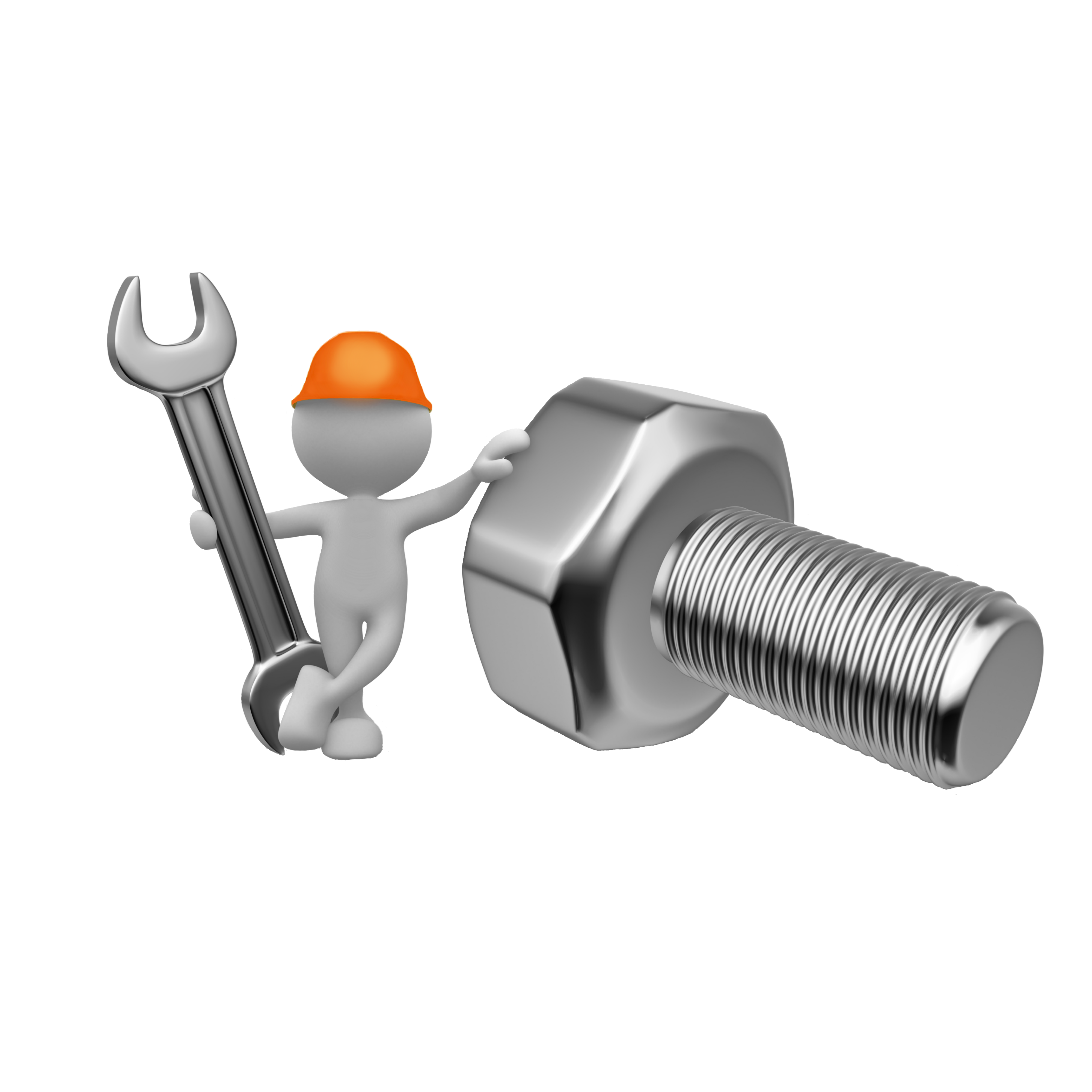Every team member wants a great leader. And, every leader wants great team members. High Impact leaders understand the culture of an organization affects everything else – and culture starts with them.
Many leaders are frustrated because they have disengaged team members. Employee engagement is not only the key to increasing productivity, profitability, and teamwork, but it’s also the key to reducing turnover, costs, and frustrations for organizational leaders. According to Gallup, only 34% of U.S. workers are engaged.
The Engagement Dilemma
Employee Engagement Starts with Engaged Leadership
Many leaders don’t realize that disengaged employees are a symptom of disengaged leaders at one or more levels in the organization. In fact, research shows 79% of employees are, on average, 40% more productive and engaged when working for a better leader.

The level of engagement below is determined by the level of engagement above.
Leadership development, or the lack of it, at every level determines morale, engagement, turnover, productivity, communication, teamwork, and how customers are served. However, many people are over-managed and under-led. People who are managed become disengaged. People who are led become highly engaged.
Leadership development is the key to transforming the culture of an organization and improving the team’s results.
The Retention Dilemma
The Competition Wants More than Your Customers
Many leaders don’t realize the competition for customers is only one of two types of competition. Disengaged leaders lose more than customers to competitors. They also lose their team members to competitors.
A leader’s ability to attract and retain high performance employees is a crucial factor for organizational success. Employees who are disengaged are far more likely to change jobs and even change industries because disengagement leads to dissatisfaction.
Minimizing employee turnover by increasing engagement is critical to improving the bottom line for organizations.
“87% of managers wish they had more training before becoming a manager.” ~ Heather Huhman
High performance team members and managers are looking for more than a good salary. They are seeking growth and development opportunities that will help them become more successful personally and professionally.
High impact leaders understand they must offer more development opportunities in order to become the employer of choice in their area and in their industry.
The Turnover Dilemma
Tired of Hiring, then Firing?
We primarily interview, select, and hire employees based on the competency of the candidate. Competency is the skill set, technical knowledge, and ability to perform a task or job. Competency is what we do at work.
However, we are usually terminating employees based on character. Character is who we are and how we do what we do. It’s the “soft” skills, such as attitude, work ethic, integrity, leadership, and ability to work with others.
90% of our results as individuals and organizations is determined by character.

In other words, employees are hired for what they know, but fired for who they are. Performance problems are almost exclusively a character issue. However, most training and development is focused on improving competency.
If you are tired of hiring and firing employees, it’s time to look at several factors:
- Selection process (Are you hiring based on competency and character?)
- Culture in the organization
- Engagement of formal authority leaders
- Leadership development of both leaders and team members
Leadership Development is the Key to Transformation
Leadership isn’t just about the position or title leaders hold. It’s about the leader’s ability to influence others – specifically team members.
High Impact Leadership is highly effective leadership that delivers results. It’s more than improving culture, initiating change, managing an organization, or leading a team. Far beyond short-term initiatives, high impact leadership is about lasting, long-term, positive impact and transformation in the organization and in the lives of others.
Leadership Development is personal and professional development geared toward helping someone develop their character and increase their influence first with self and then with others.
Leadership Development = Character Development
Character Development helps us make better choices as individuals, which helps us be more effective at work and in life. Leadership development is the key to transforming culture and continuous improvement.
Leadership Development, at every level in the organization, helps engage employees because they feel recognized, valued, empowered, and respected.
Leadership Development helps engage leaders at a high level as they become equipped with the tools and knowledge to lead with 360° of influence, which will improve organizational effectiveness and communication while also increasing their team’s performance. It’s the key to transforming an organization.
Without a Transformational Leader , there won’t be a cultural transformation.
Development Event versus Development Process
Transformation takes time. It’s never a quick task to improve culture and build trust in an organization, but well worth the effort. As David Katz, President of Coca-Cola Consolidated said, “Culture doesn’t just eat strategy for breakfast, it eats everything.”
Leaders often overestimate the impact of a single event, and many leaders also underestimate the impact of consistent growth over time, the process.
Going to the dentist twice a year isn’t very effective without daily brushing and flossing. Leadership development also shouldn’t only be a once or twice a year event.
The leader’s role is to identify where the organization is going, define the unifying purpose, and determine where individuals will be most effective.
High Impact Leaders want to grow the people and the organization. They realize leadership isn’t about them, but it starts with them.
High Impact Leaders Engage the Front Line to Improve the Bottom Line.

You must be logged in to post a comment.